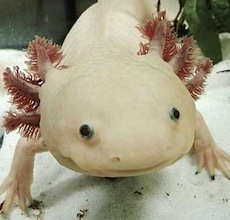
by Susan Keown | Oct 5, 2021 | ScienceWire
For NPR’s Short Wave podcast, Berly McCoy (@travlinscientst) and colleagues bring us the axolotl, a friendly-looking aquatic animal that has held a place of cultural importance for two thousand years in the area now known as Mexico City. These salamanders have several...
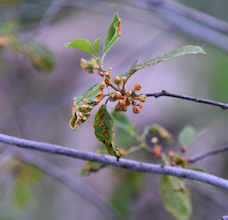
by Susan Keown | Oct 5, 2021 | ScienceWire
Carolyn Bernhardt (@CarolBernie11) writes for the University of Minnesota about a project to investigate whether rust fungi can successfully manage two major invasive plant species that came to the state from Europe: glossy buckthorn and reed canarygrass. While some...

by Susan Keown | Oct 5, 2021 | ScienceWire
In a feature for High Country News, Jane C. Hu (@jane_c_hu) writes about how extremists have mobilized against public health officials across the American West during the COVID-19 pandemic. Officials and their families have received personal threats, and extremists’...
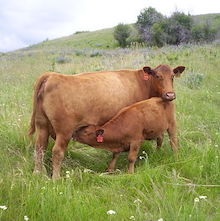
by Susan Keown | Oct 5, 2021 | ScienceWire
Ashli Blow (@ashliblow) writes for the Guardian about new research in Oregon on the impact of poor air quality on cows’ milk production. In recent years, wildfires have filled the air with harmful smoke — another insult to animals already stressed by high heat — and...
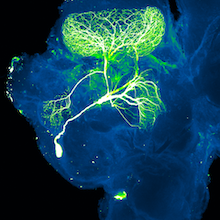
by Susan Keown | Oct 5, 2021 | ScienceWire
ICYMI: This March 2020 story by Rachel Tompa (@Rachel_Tompa) for the Allen Institute explains how researchers demonstrated that asymmetry in neurons’ connections within the brain, established by chance in early development, explains why individual flies behave very...
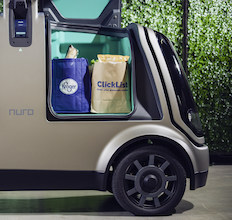
by Susan Keown | Sep 4, 2021 | ScienceWire
In a four-part series for TechCrunch, Mark Harris (@meharris) delves into Nuro, an autonomous, unoccupied delivery vehicle startup. Our journey with Harris’ in-depth reporting begins at Google, where its founders once worked. Then, we travel through the thicket of...







